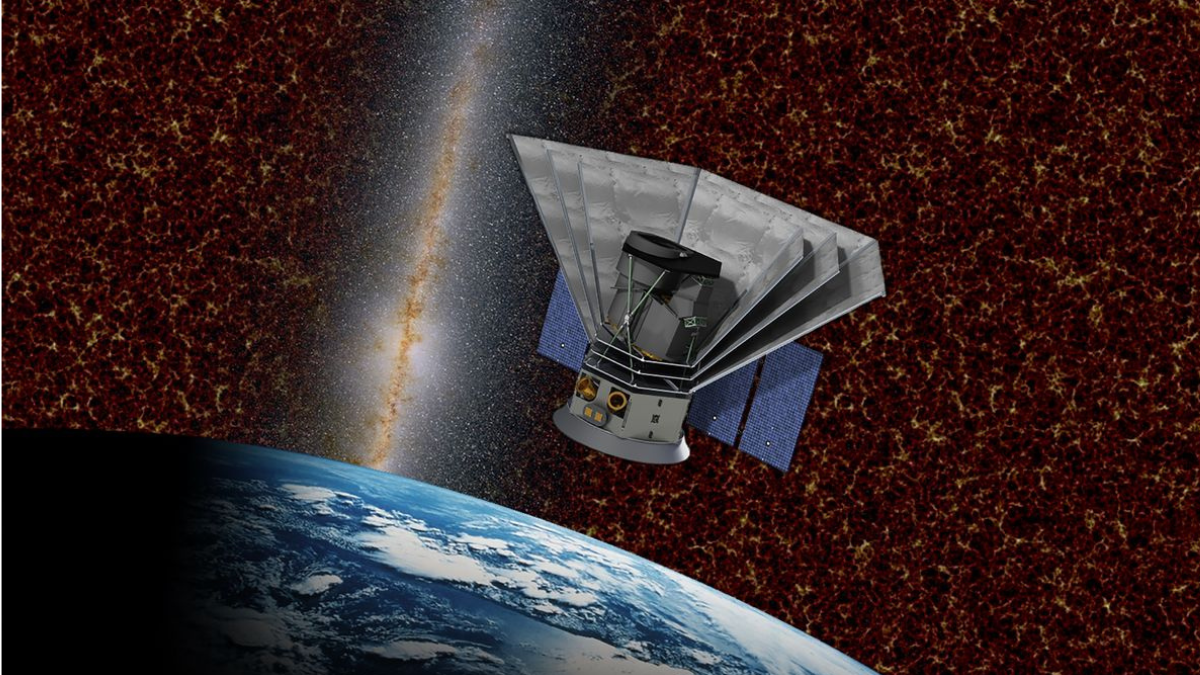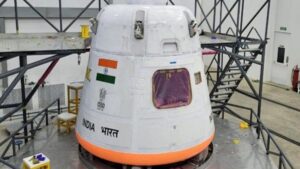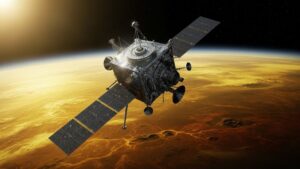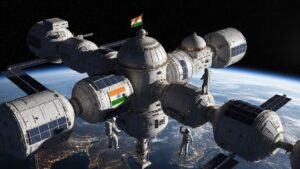NASA is preparing to launch two groundbreaking space missions, SPHEREx (Spectro-Photometer for the History of the Universe, Epoch of Reionization, and Ices Explorer) and PUNCH (Polarimeter to UNify the Corona and Heliosphere). These missions aim to unlock new insights into the universe’s origins, cosmic light, and the Sun’s outer atmosphere. Scheduled for launch aboard a SpaceX Falcon rocket, these observatories promise to provide never-before-seen details about space, marking a new era in astronomical research.
| Mission | Purpose | Technology Used | Key Findings Expected |
|---|---|---|---|
| SPHEREx | Mapping cosmic light from the earliest galaxies | Infrared detectors | Insights into the Big Bang and cosmic history |
| PUNCH | Studying the Sun’s outer corona and solar wind | Polarimetric imaging | Understanding solar storms and space weather |
SPHEREx: Unlocking the Universe’s Cosmic Glow
Introduction to SPHEREx
NASA’s SPHEREx mission is set to explore the entire sky in a way never done before. It is a $488 million space observatory designed to measure the total light from galaxies across cosmic history, including those formed shortly after the Big Bang. Unlike traditional telescopes that focus on individual celestial objects, SPHEREx will analyze the collective light of galaxies, giving a comprehensive view of the universe’s evolution.
How SPHEREx Works
SPHEREx will use advanced infrared detectors to map the sky with unprecedented clarity. The mission will:
- Conduct four complete surveys of the sky over two years.
- Orbit Earth at an altitude of 400 miles (640 km).
- Identify the chemical makeup of interstellar ices and determine how water and organic molecules were distributed in the early solar system.
- Measure the intensity of cosmic infrared background light to understand the formation of galaxies.
Unveiling the Aftermath of the Big Bang
According to mission scientist Jamie Bock, SPHEREx will examine the cosmological glow encompassing all light ever emitted throughout history. This mission will provide answers to some of the biggest questions in astrophysics:
- What were the first galaxies like?
- Why did the universe begin expanding so quickly after the Big Bang?
- How did interstellar ices contribute to planetary formation?
The infrared mapping will generate a detailed, colorful picture of the universe’s origins, giving astronomers valuable data to decode the earliest moments of cosmic evolution.
PUNCH: Investigating the Sun’s Outer Atmosphere
Introduction to PUNCH
While SPHEREx focuses on deep space, PUNCH will explore the Sun’s outer corona and the solar wind. This mission will consist of four suitcase-sized satellites working together to study the transition of solar material from the Sun’s atmosphere into interplanetary space.
Objectives of PUNCH
PUNCH aims to:
- Observe the Sun’s corona in detail.
- Track solar wind and coronal mass ejections (CMEs).
- Improve space weather forecasting, crucial for protecting satellites and astronauts.
The Technology Behind PUNCH
PUNCH will use polarimetric imaging to capture high-resolution images of the solar wind. These observations will provide a better understanding of how solar storms affect Earth’s magnetosphere and potentially disrupt GPS and communication networks.
Expected Discoveries from PUNCH
Scientists expect that PUNCH will revolutionize our understanding of the Sun-Earth connection by:
- Providing continuous images of the solar wind and tracking its motion.
- Enhancing predictions of space weather events.
- Offering insights into how solar particles travel through space.
The Impact of SPHEREx and PUNCH on Space Research
Both missions are expected to transform modern astrophysics and heliophysics by providing detailed maps of the cosmic and solar environment.
- SPHEREx will create the most comprehensive 3D map of the sky in infrared, helping scientists trace the history of galaxies.
- PUNCH will provide real-time observations of solar winds, improving our ability to predict and mitigate space weather threats.
Summary of the News
| Aspect | Details |
|---|---|
| Missions | SPHEREx and PUNCH |
| Objective | SPHEREx: Study cosmic light from early galaxies; PUNCH: Examine the Sun’s outer corona and solar wind |
| Launch Vehicle | SpaceX Falcon Rocket |
| SPHEREx Technology | Infrared detectors to map cosmic light |
| PUNCH Technology | Polarimetric imaging for solar wind observation |
| Significance | Provides insights into the universe’s evolution and improves space weather prediction |
| Expected Impact | Advances astrophysics, helps understand galaxy formation, and improves solar storm forecasting |



 ISRO to Conduct First Gaganyaan Test Fli...
ISRO to Conduct First Gaganyaan Test Fli...
 Russia to Launch Venera-D Mission to Ven...
Russia to Launch Venera-D Mission to Ven...
 India Targets Indigenous Space Station b...
India Targets Indigenous Space Station b...

